Ocean life in a big plastic tube

The mesocosms are impressive pieces of equipment. It’s only when you see them up close and with people beside them that you realise how big they are and what a logistical challenge it is to get them up here to the Arctic and deployed in the Kongsfjord.

Professor Ulf Riebesell has been explaining to me exactly how they work.

He arrived two days ago and it’s “all systems go“, now that the season has started and the fjord is more or less ice free – at least at the point chosen here. There are nine separate “tubes“, which will be lowered from the Esperanza once everything is ready, each to contain their own little mini-cosmos of ocean life. The ocean absorbs around 30% of the CO2 we emit – good to buffer climate change, says Ulf, but bad for the creatures in the ocean that rely on calcium to form their shells or skeletons.
Co2 reacts with water and forms carbonic acid which makes oceans slowly more acidic. Lab experiments show that some organisms have a hard time, especially calcifying organisms, which need calcium to form their shells and skeletons.
On a global scale, this has implications for example for coral reefs, with their huge biodiversity, importance for coastal protection, the food supply and also for tourism. Calcifying organisms are everywhere, Ulf stresses, many organisms in ocean depend on forming calcium carbonate and are crucial links in the food webs. Scientists here will be looking particularly at a type of snail,the pteropod up to 1 cm in length, which, as our Professor puts it, have transformed their feet into wings. They’re also knows as butterflies of the sea.
They’re a key link in the food web between algae and higher trophic forms like whales etc. But they form their shells from material very susceptible to acidification. The scientists want to see what happens if they are affected by acidification, and what that would mean for the food web.
The Greenpeace boat has also transported loads of equipment the scientists will need to collect and test the samples in the Ny Alesund marine lab.

The Arctic, says Ulf, is the place to be to study ocean acidification. Cold waters take up more gas than warm. The polar oceans are close to the stage where water becomes corrosive for organisms depending on calcification. In 20-30 years some parts of Arctic will be completely corrosive for many organisms. Now that’s a scary thought.
And while there’s a lot of debate going on about what extent of climate change will have what effect – with ocean acidification, there’s no debate, Ulf says. It’s a chemical process and it’s easy to model how acidification will increase with certain levels of CO2 emissions. The big unknown is how it will affect marine life. And that’s the point of the giant test-tubes in this Arctic fjord. Unlike a lab experiment, which will look at individual organisms, the scientists here are looking at whole communities of life-forms. A daunting task – with potentially devastating results. We need to do something to reduce the CO2 emissions very, very soon, says the Kiel professor.
The Mountains of Silence – in more ways than one

(TV interview with sign language)
We had some amazing visitors on the Esperanza this evening. The Greenpeace team had come across a group from France who came here to Ny Alesund from Longyearbyen on skis over the past 18 days. Most of them are deaf and dumb, from an organisation called “Montagnes de Silence“ or mountains of silence. Their aim is to empower people who cannot hear or speak and encourage them to do everything they want to do, showing that their handicap needn’t prevent them from doing anything. They have an interpreter who translates sign language

(Interpreter at work)
Their Norwegian guide told me it was a challenge but a pleasure to be with the group. One of the best things, he said, is the silence. And that helps you to experience the nature of Spitsbergen all the better, he says. More power to you guys (and gals). And it was a nice gesture of the Greenpeace crew to invite all 15 of them onto the boat for dinner. We had some amazing „conversations“ with the help of the interpreter – and pen and paper.

(Conversation in writing)
They’ve been vido-conferencing with deaf kids in France, and blogging using satellite technology every day. Here’s the website:Mountains of Silence

This is the some of the group in their outdoor gear. They have four dogs with them to pull some of their gear. They’re tied up on the pier right now while the group give a videoconference from the French-German research station.
The world’s most northerly permanent settlement – and marine laboratory

The weather seemed much the same as yesterday when I woke up in Longyearbjen this morning – but there was a surprise when I went out to the airport, which is close to the water. The bay was full of chunks of sea ice which had wafted in during the night. It completely changes the panorama and reminds you you are indeed in the Arctic.
The weather is calm but cloudy, so picture-taking was difficult. This gives an impression of the area we were flying over, though:

The plane to Ny Alesund in the far north – just 1,000 miles from the North Pole – is a small one – there were 9 of us on it this morning – reserved for scientists and people with official business in Ny Alesund – the world’s most northern permanent settlement.

Once a coal mining village, Ny Alesund is now a scientific research centre, with the world’s most northerly marine laboratory. Clearly an ideal choice for a project looking at marine life. There’s only a very small group of people here over the winter, but at the moment, the staff are preparing for the challenge of having around 60 extra people here, working on the EU-sponsored EPOCA programme, looking at the effects of ocean acidification on marine life. More details later.
Some of the locals were out to greet us:

The Greenpeace ship Esperanza was also waiting in the harbour.

This will be my home for the next few days, as the team of scientists headed by Professor Ulf Riebesell from the IFM-Geomar Institute of Kiel University and the technical experts get the mesocosms ready to be deployed in the fjord and set up the equipment to do the monitoring in the marine lab.

These ‚’medium-sized worlds’ are around 8 metres high, the ‚floating frames’ have what look like rolled up plastic sacks inside, which will capture sections of the ocean complete with ecosystems inside, where scientists will change the acidity of the water to different levels in the different mesocosms. ´
They will stay in the water here for five weeks, during which time the experts on all different aspects of marine life will check what effect this has – weather permitting. More soon when I talk to the Professor himself.




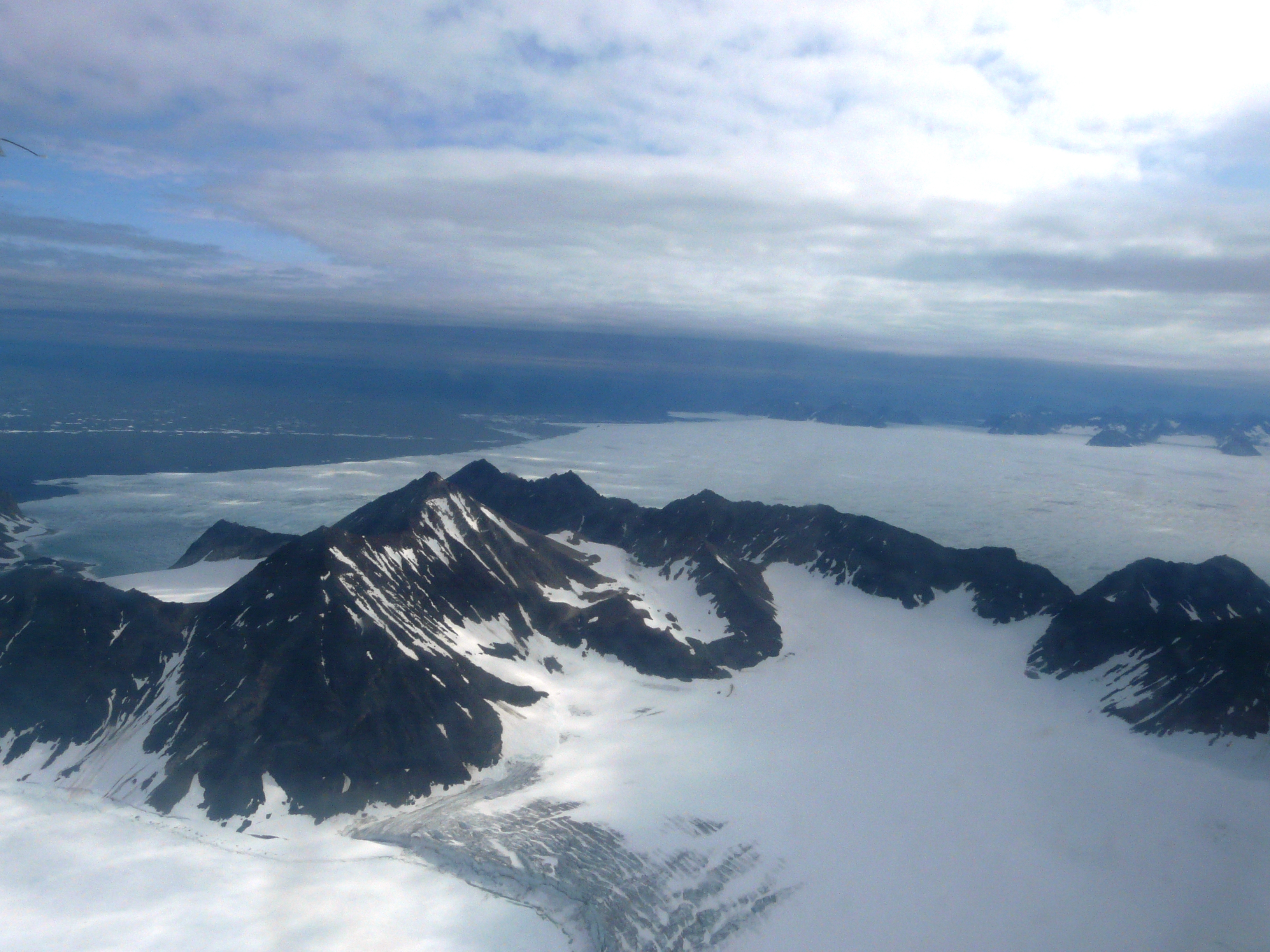
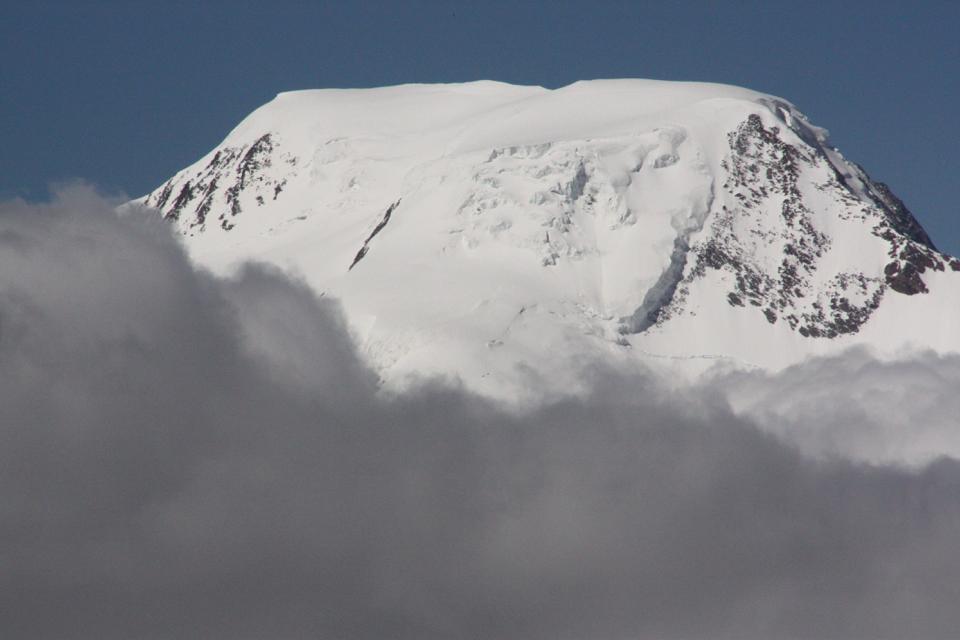
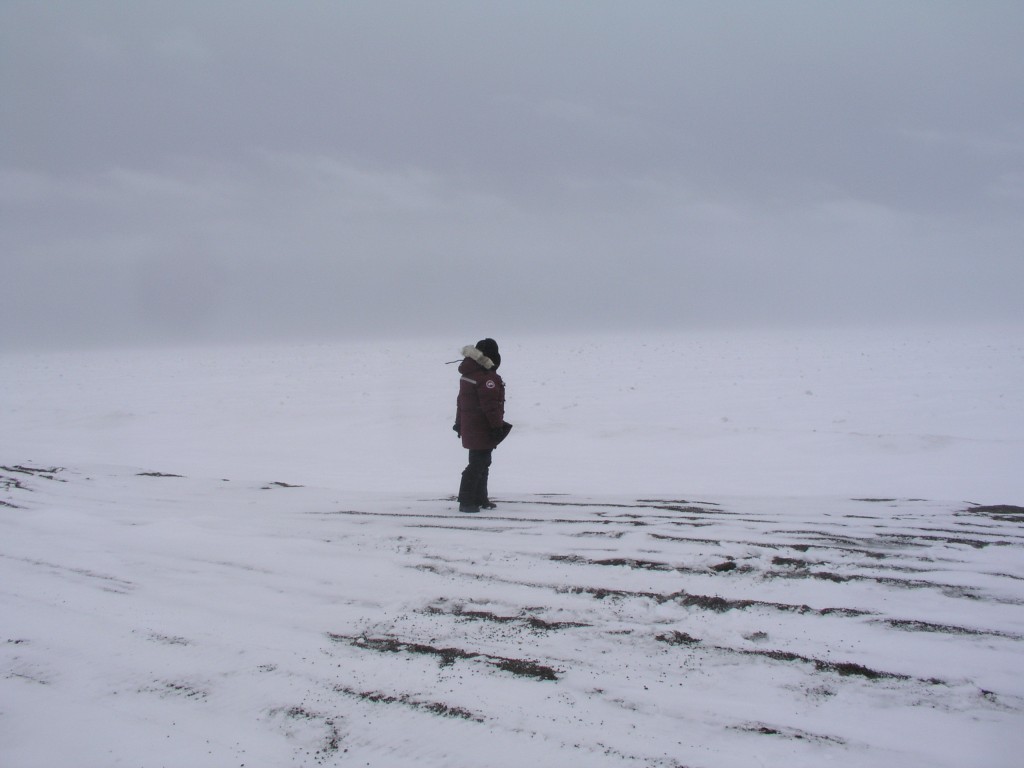
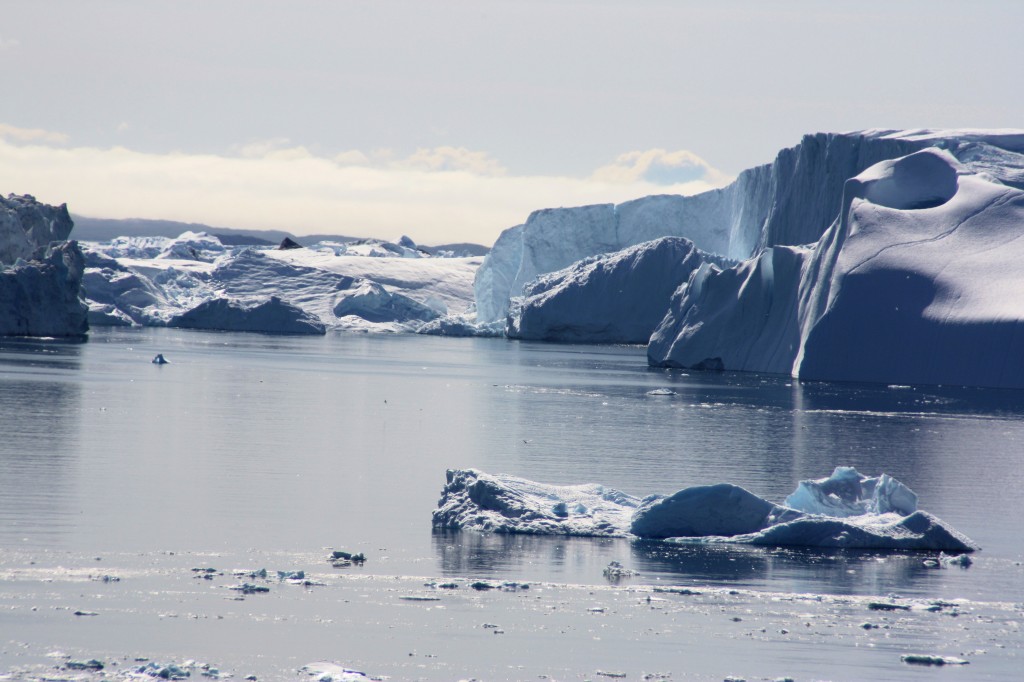
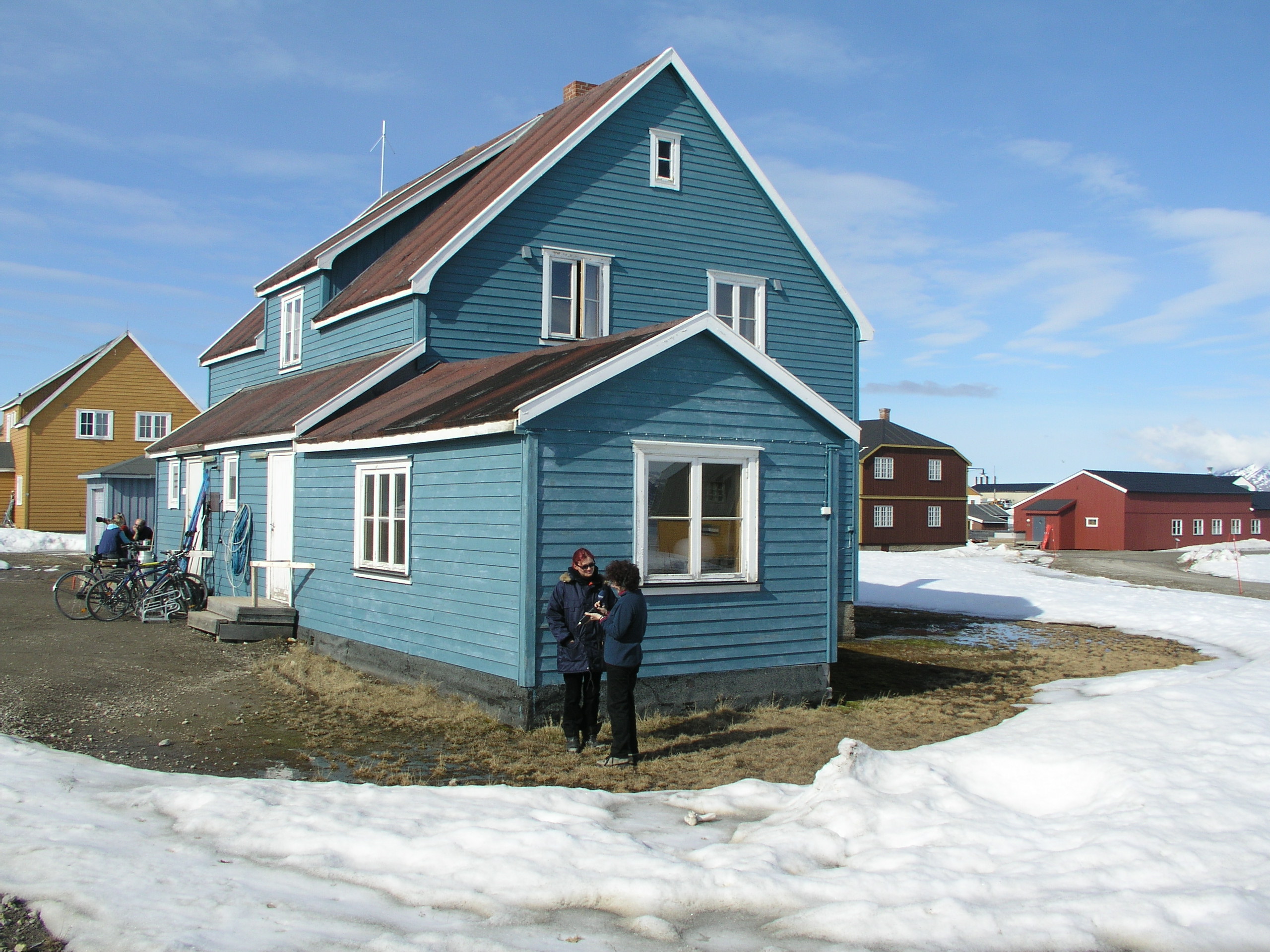
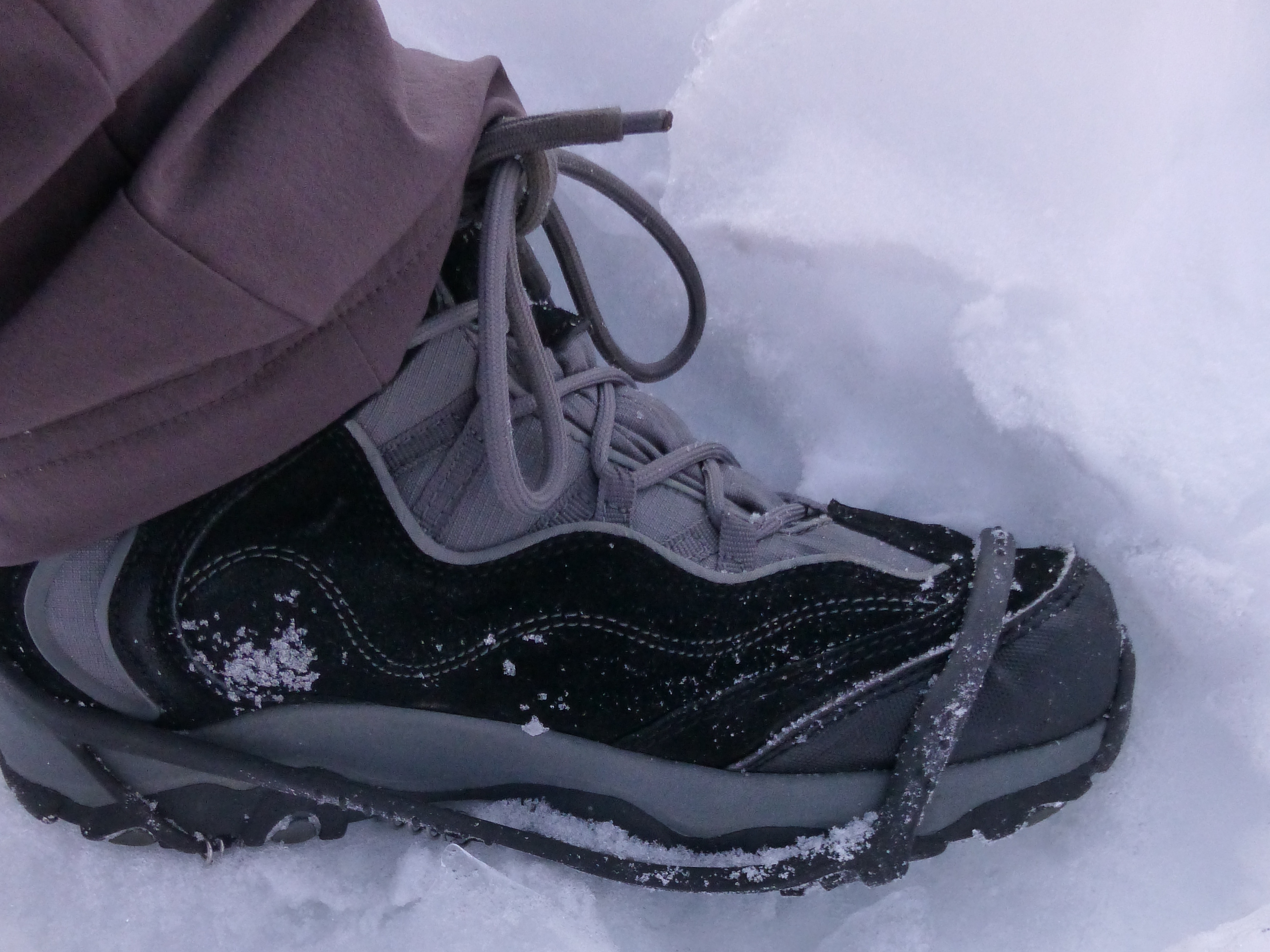
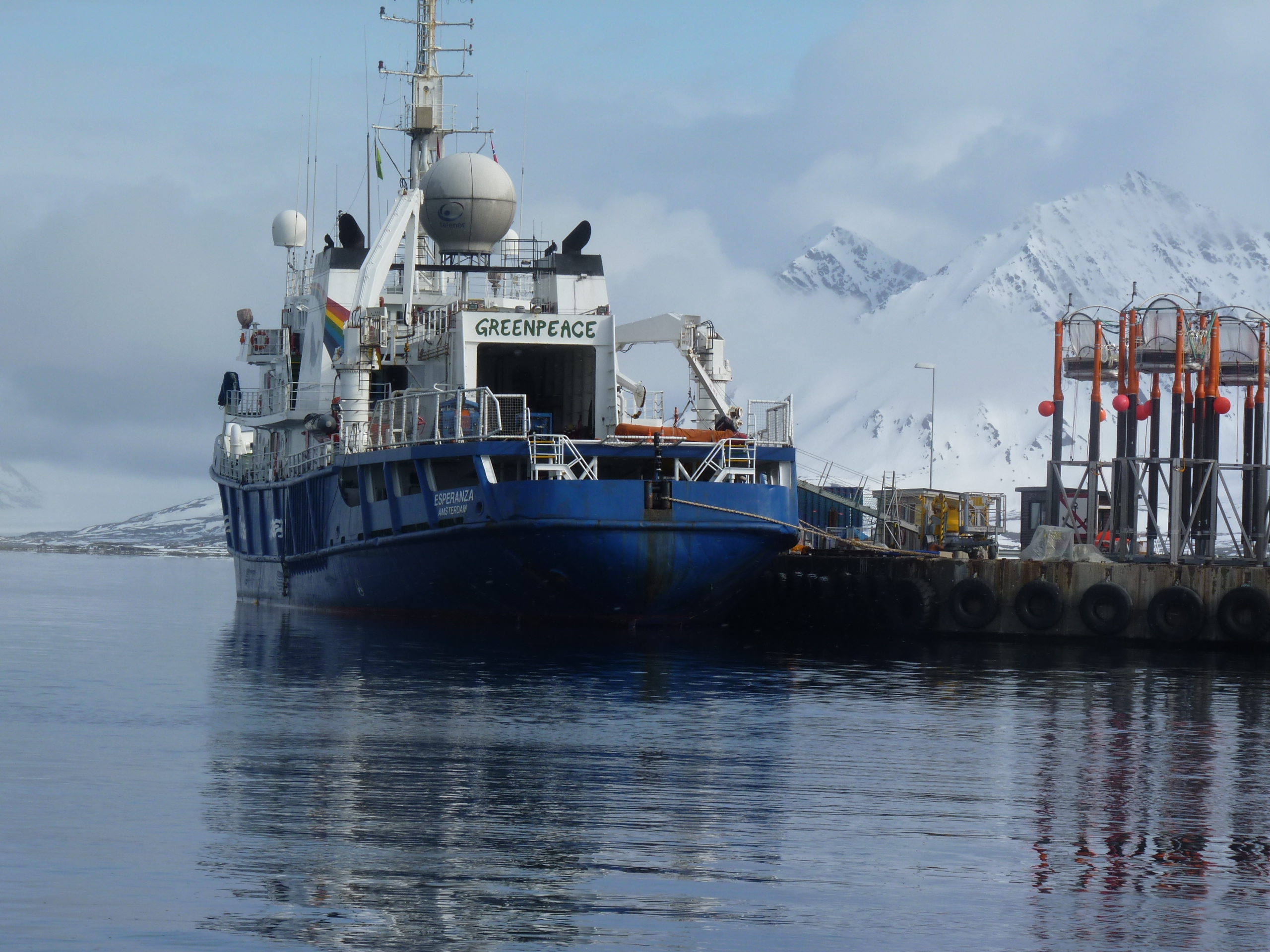
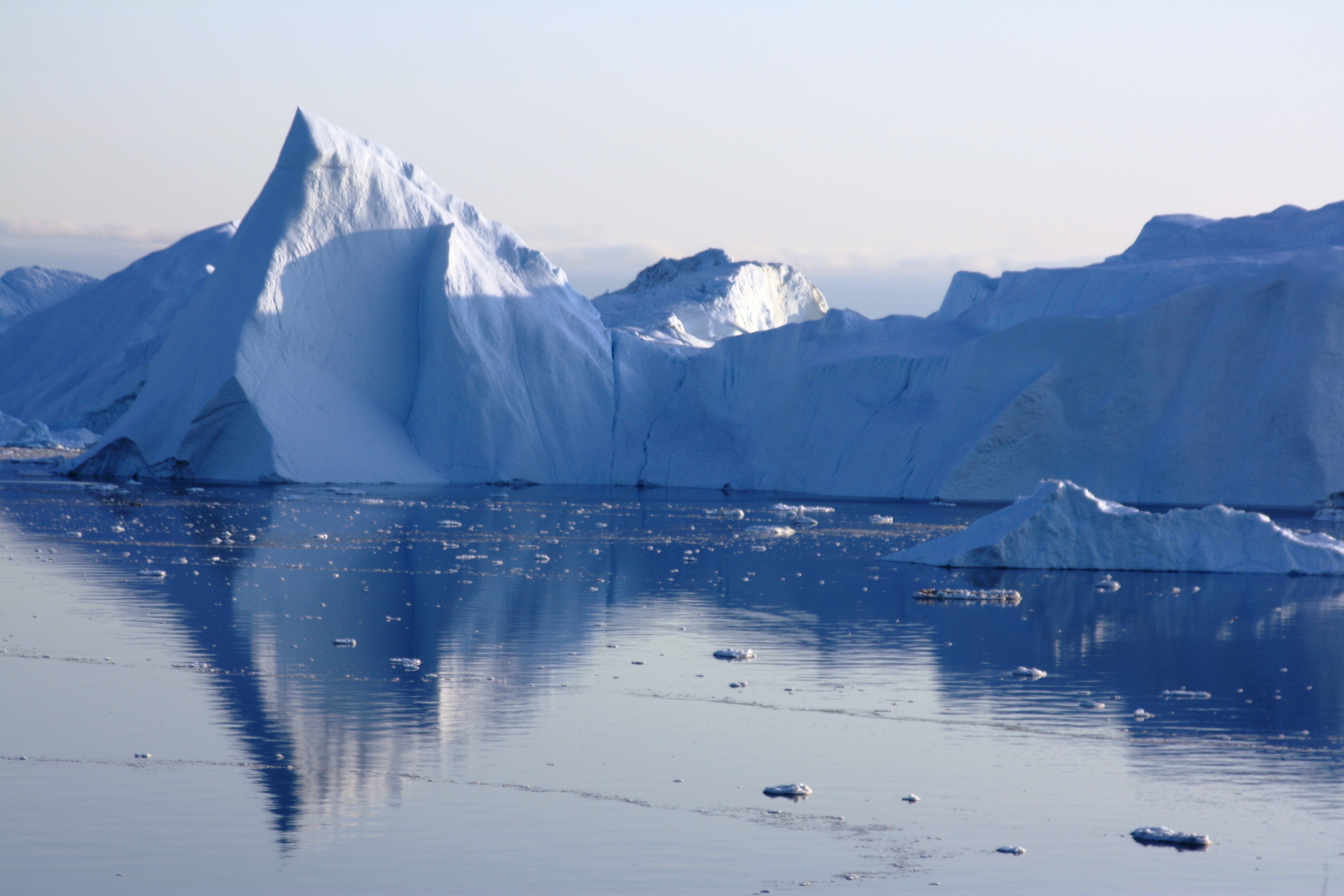
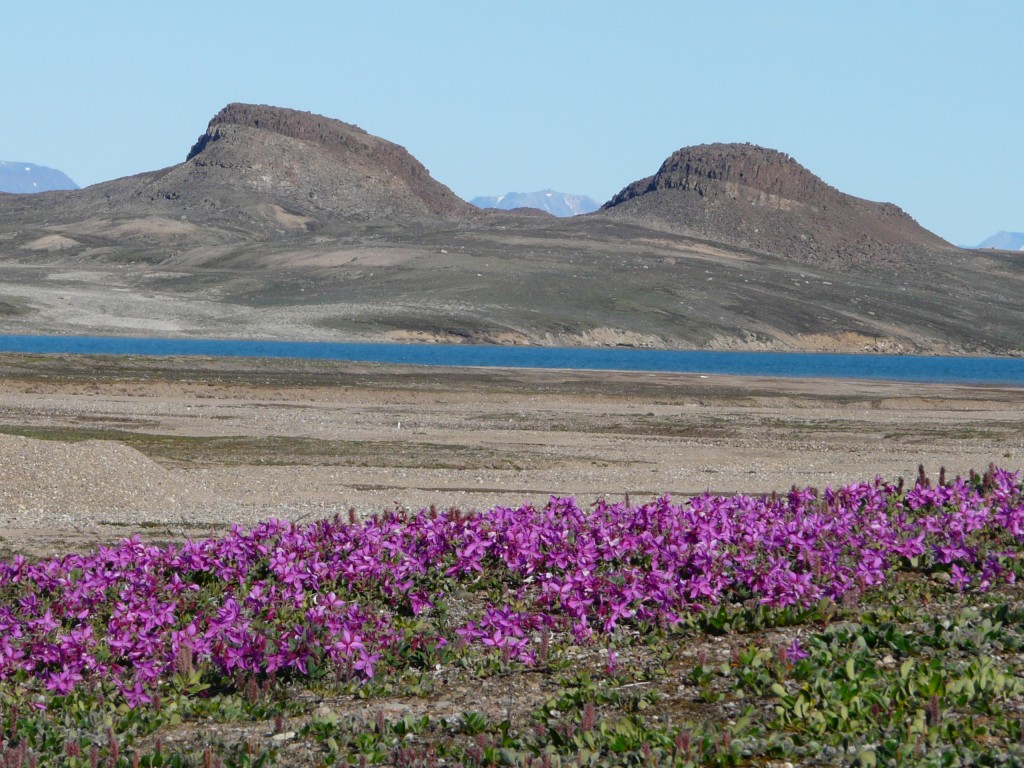
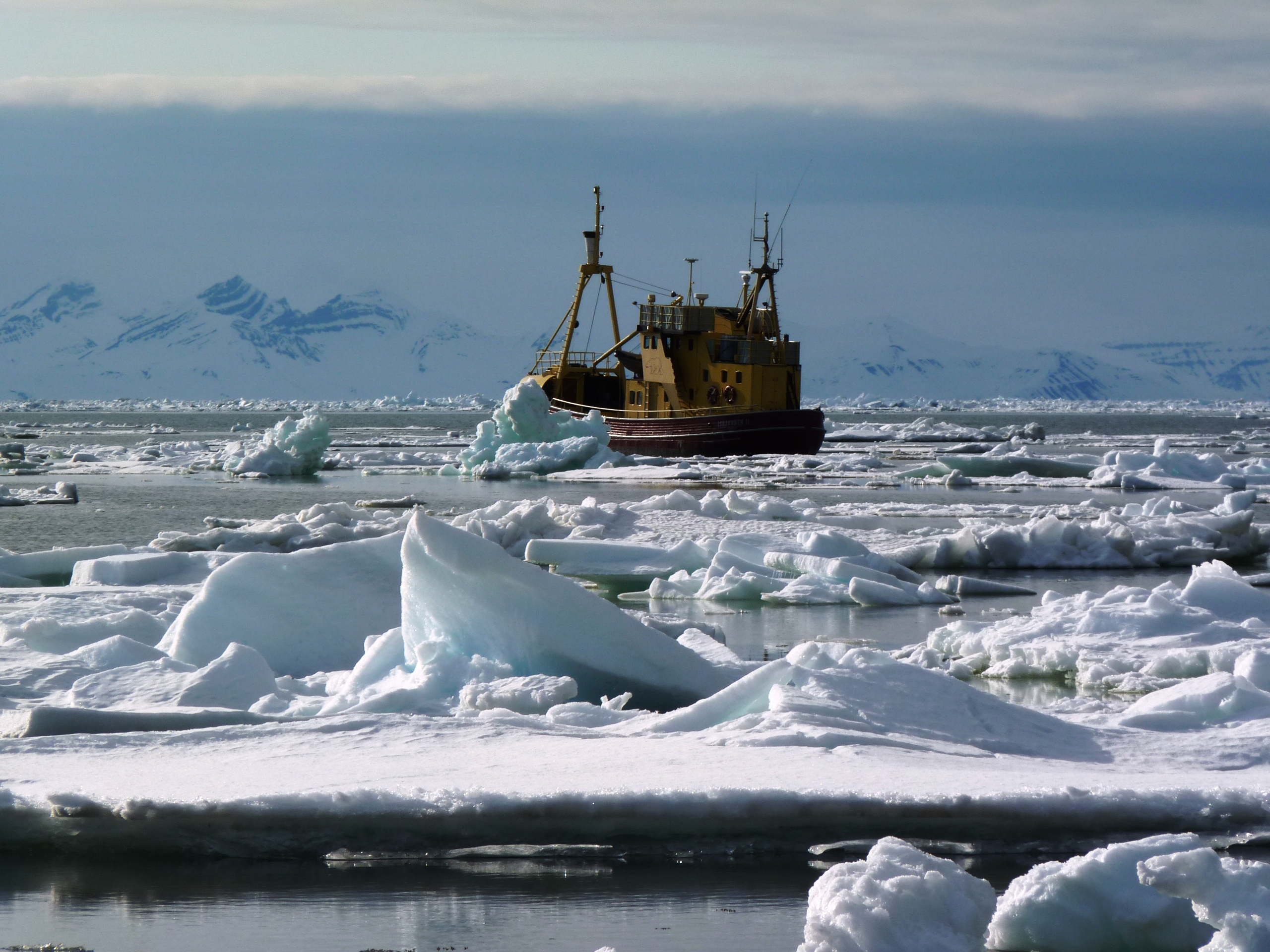
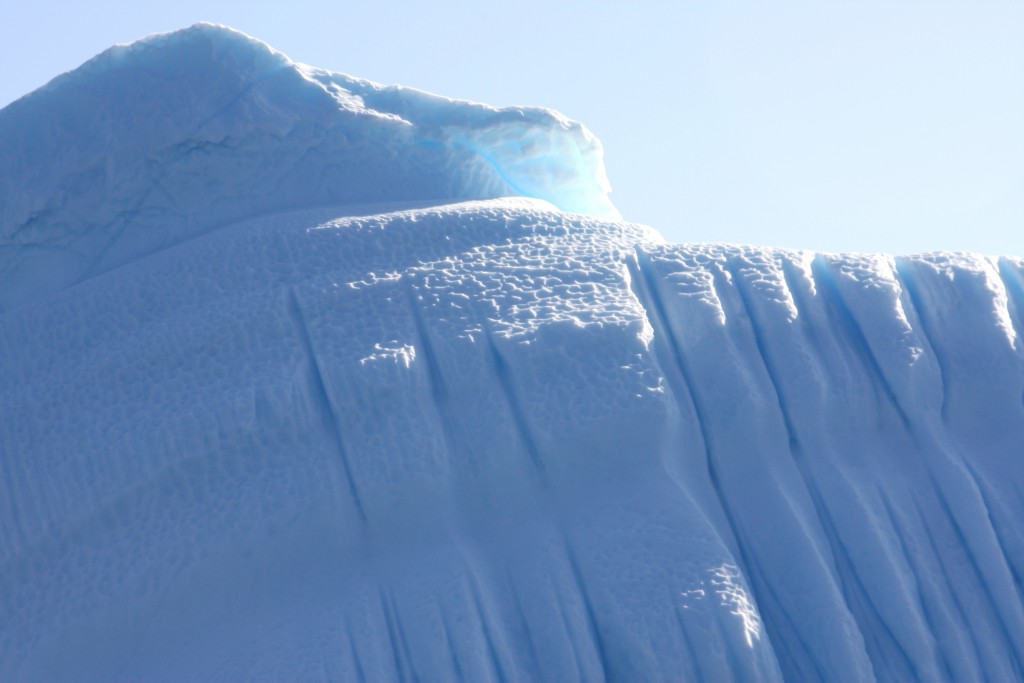

Feedback